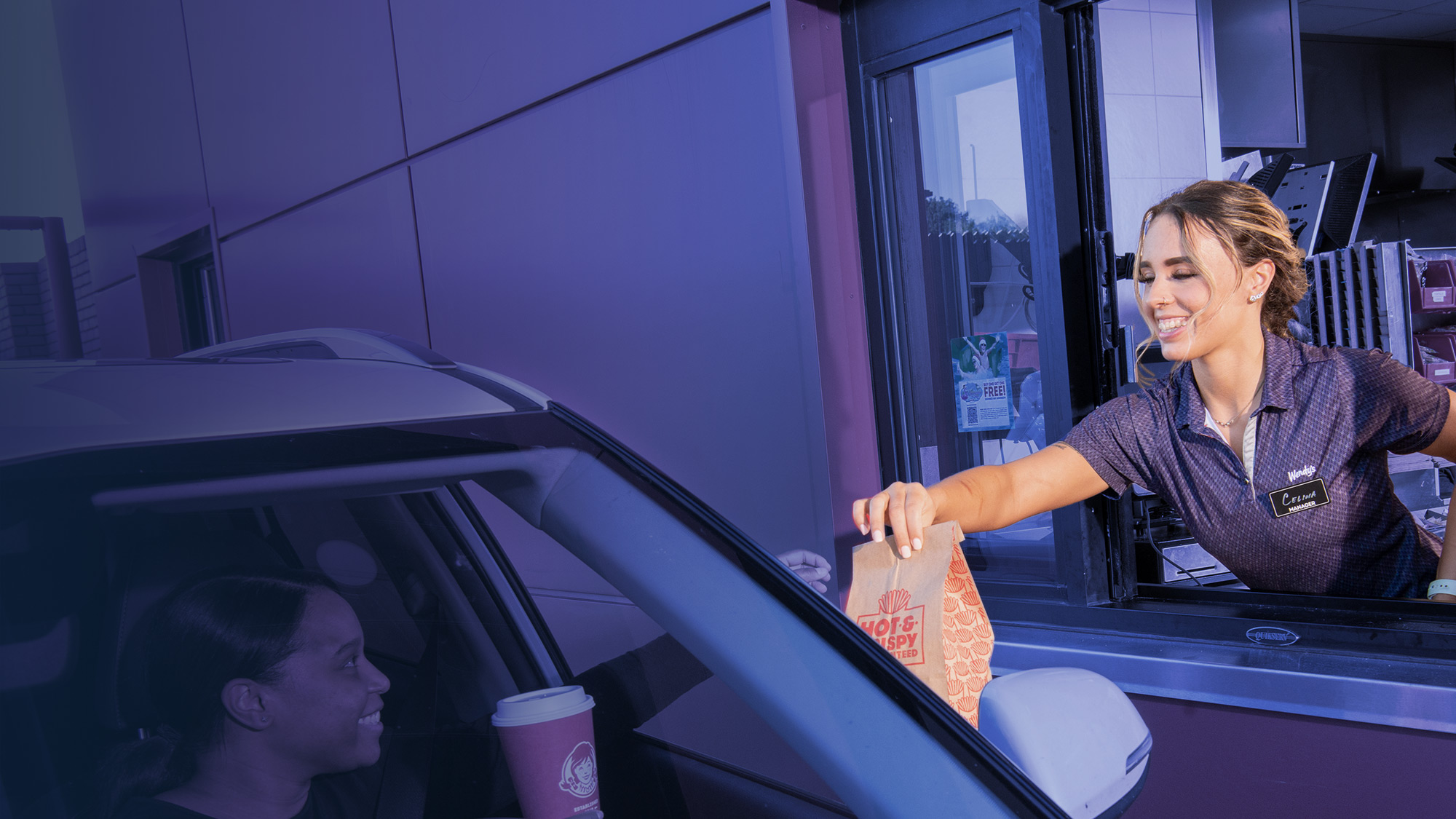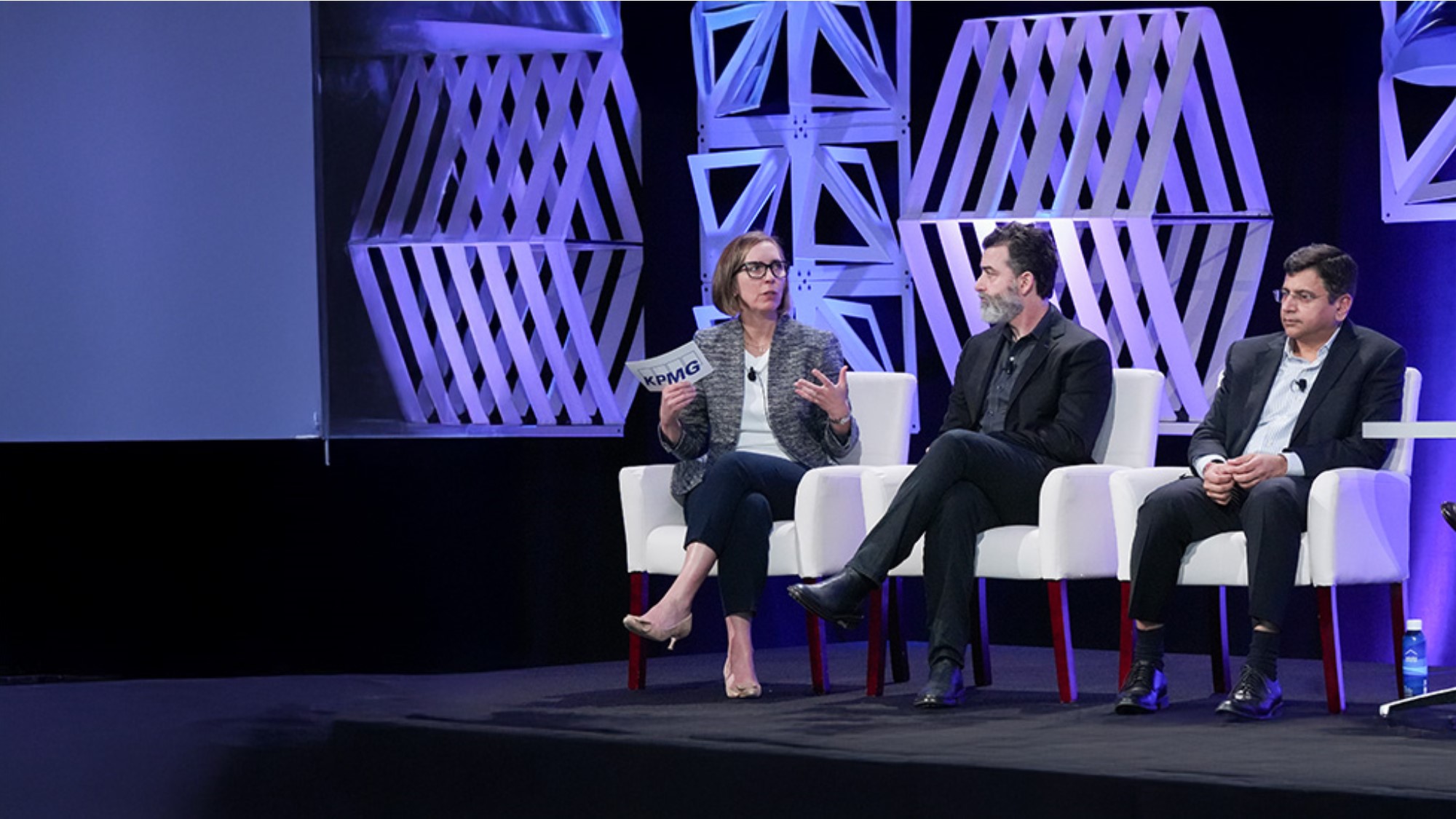KPMG with our alliance partner Oracle help clients to deliver successful transformation programs by bringing a balanced approach of business expertise and technology to the table. KPMG industry-centric approach is driven by our experience and enabled by next-generation technologies to accelerate innovation and time to value. The combined experience of this alliance ensures we not only understand the risks associated with a complex transformation but, more importantly, how to overcome them efficiently and effectively.
KPMG has been an award winning Oracle partner for over thirty years. Our delivery teams have experience across all Oracle products and modules (ERP, HCM, EPM, SCM, Procurement, BI/Analytics and CX), including developing unique PaaS solutions and deep experience implementing Oracle Accounting Hub and Subscription Management modules.
Embarking on a cloud transformation journey with KPMG and our alliance partner Oracle, delivers value, drives sustainable change, and accelerates innovation – across the front, middle and back-office.
To learn more, visit Oracle
















